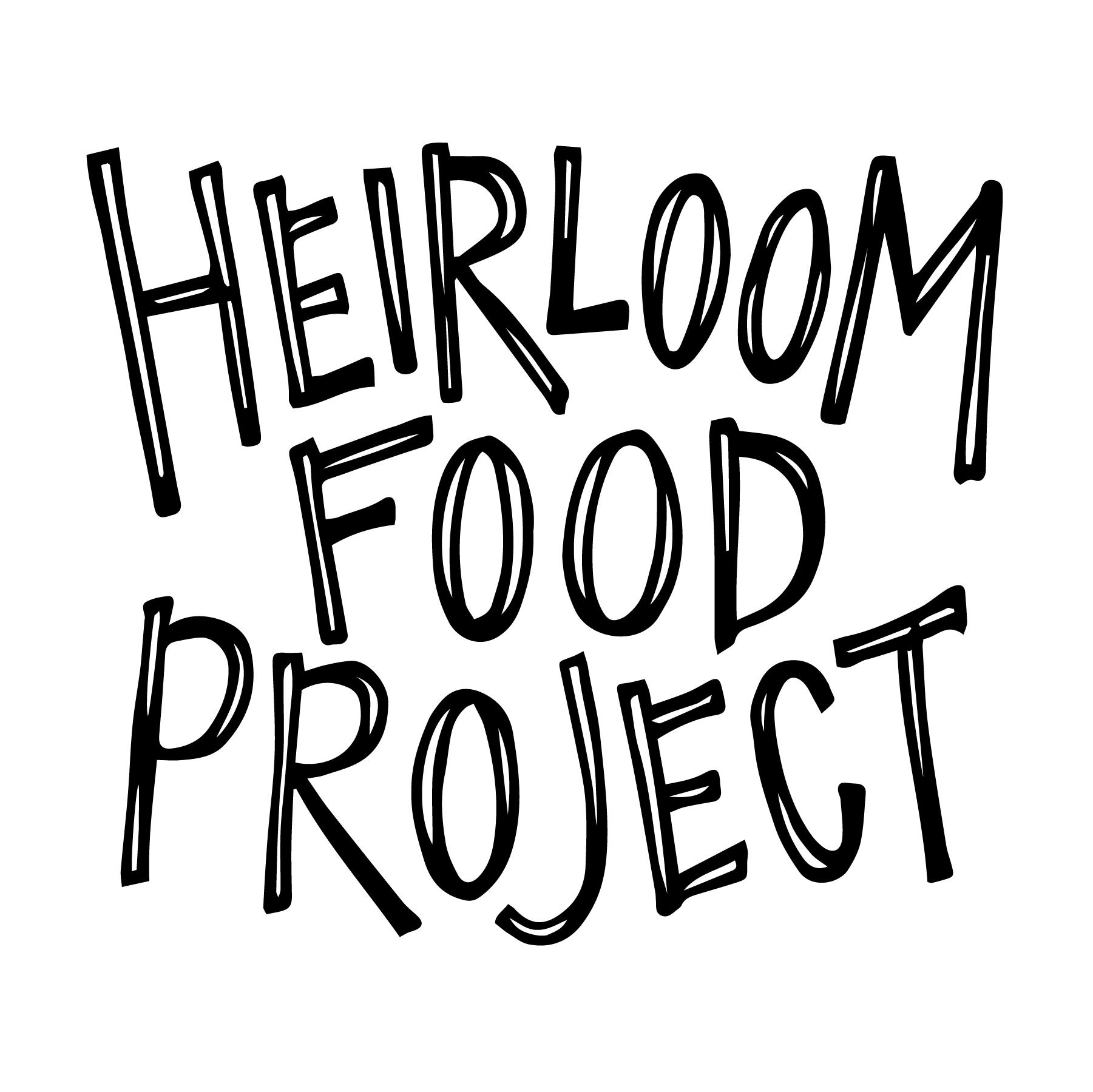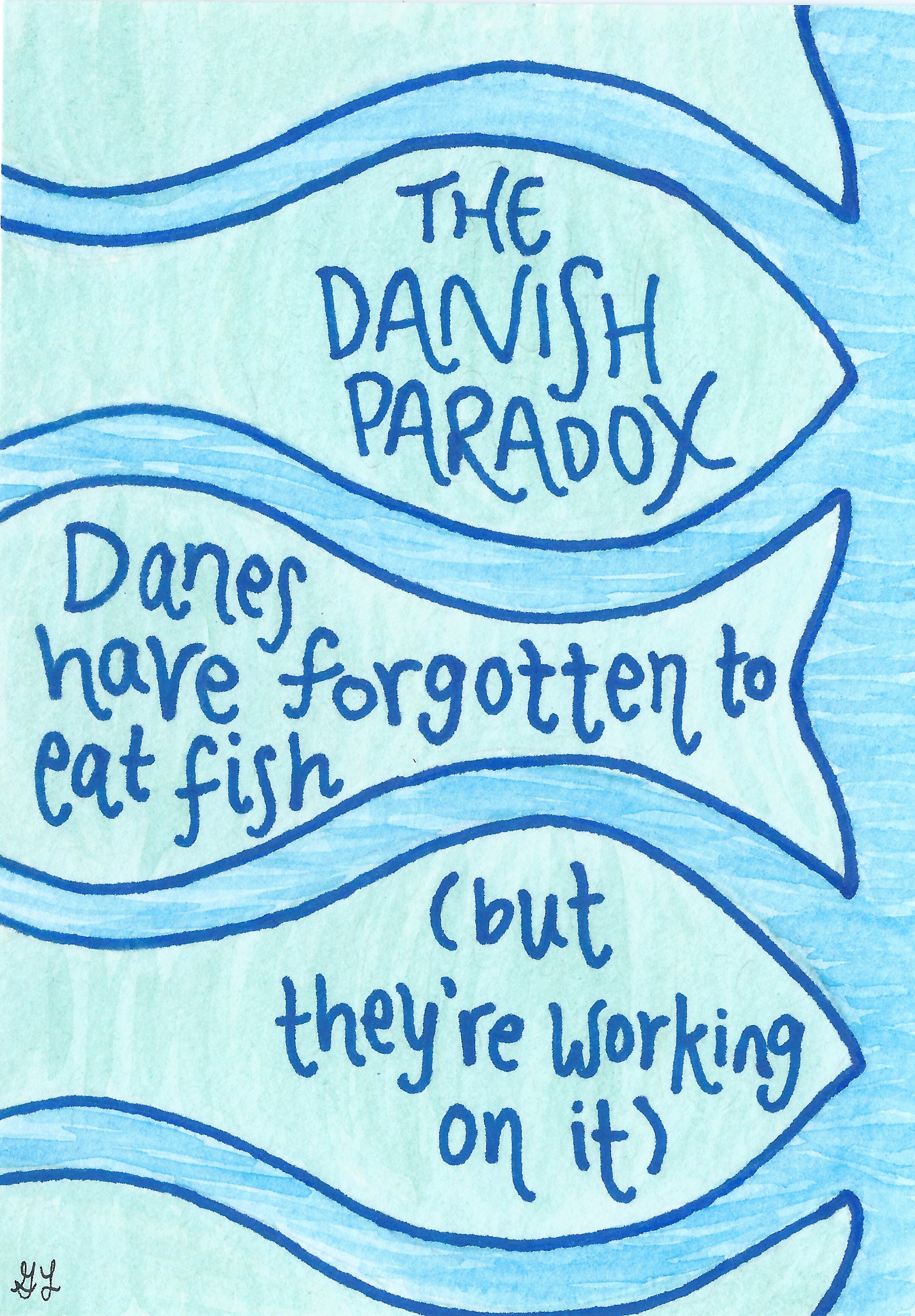The ‘Danish Paradox:’ We have Forgotten to Eat Our Own Fish
The harbor is quiet at 6:30 – the water smooth as glass and the sun just greeting the day. Normally I would not be admiring the world at this hour, but today – on vacation, no less – we arose to see how a real-life fish auction works. We are in Skagen at the tippy top of Denmark, where fishers spend the wee hours of the morning pulling in nets full of fish, big and small, to deliver to this gargantuan facility where the fish are cleaned and sorted by species and quality.
Once each fish has found its place in one of the thousands of green plastic crates, the fishers tap out, and the auctioneer takes over. A swarm of buyers wearing heavy jackets (it’s cold in here!) and headsets has gathered, and at 7:00 sharp the auction begins.
The auctioneer approaches a stack of fish and spouts off prices, while the buyers decide, with the help the voices inside those earpieces, whether they should remain in the price fight or drop out. On the scale from slow, deliberate Danish spoken by a teacher, too rapid, mumbled Danish spoken at a party, this auctioneer’s tempo is off the chart. I throw all hopes of understanding out the window and sit back to enjoy the spectacle of kilo upon kilo of fish selling instantly with the thwack of the auctioneer’s stick on cold, green plastic.
Many of these fish are destined for Copenhagen, where they’ll end up on restaurant dinner plates this evening. But that’s not the fate for most seafood in this country – a whopping 95 percent of Danish-caught fish is actually exported. This is ‘The Danish Paradox:’ Danes have forgotten to eat fish. Danes eat only a third of the amount of fish the French or Italians eat. Somewhere along the line, the people of a country that’s mostly coastline, stopped eating their own catch.
Here are four ways you can find Danish seafood and challenge that paradox:
Kystfisker Kompagniet, a company that picks up fish from wherever small-scale fishermen catch it, whenever they catch it. Then they sell it whole or process it. This helps fisherman immensely, since some of them have no way to get their fish to market until it’s 5 days old—at which point it’s lost a lot of value. KystfiskerKompagniet.dk.
Thorupstrand Coastal Fishermen’s Guild, which is the only Slow Food Presidium in Denmark, a designation that protects traditional methods and ecosystems. It’s the last remaining coastal village where fishers sail out from the shore—the same shore from which people have traded and fished for last 1000 years. ThorupstrandKystfiskerlaug.dk.
Havhøst, Danish for ‘Ocean Harvest,’ hosts all kinds of educational events and activities to encourage city dwellers to get to know the sea around them and try their hand at local, sustainable food production. If you like mussels, seaweed, and oysters, check out their calendar of events. Havhøst.dk.
Simply walk into your local fish shop and ask what came in from Denmark that day.
If you’re like me cooking seafood can be daunting. Just ask the person selling it to you for some pointers, and you’ll be turning that paradox around in no time.
This article is published in The International, a monthly free newspaper created by and for expats living in Denmark. My column features stories about Danish foods and their global histories, as well as tips for home-cooking in your expat kitchen.





